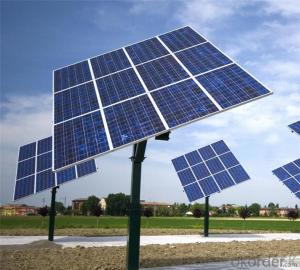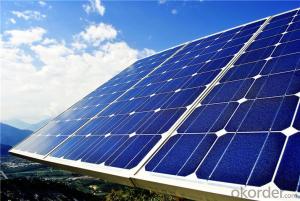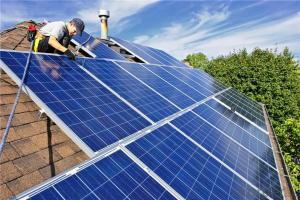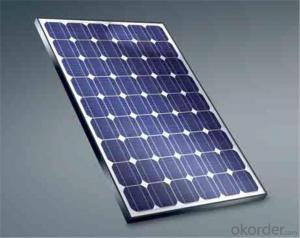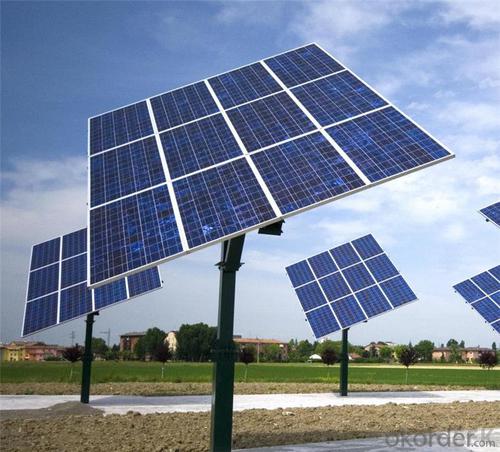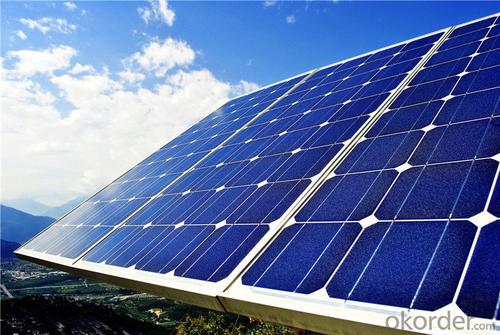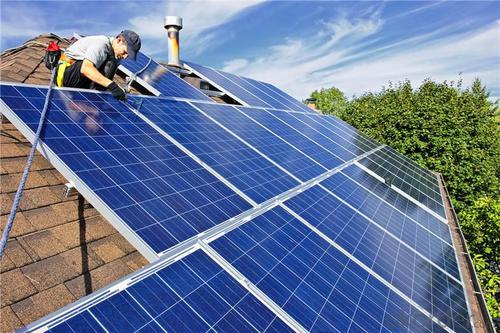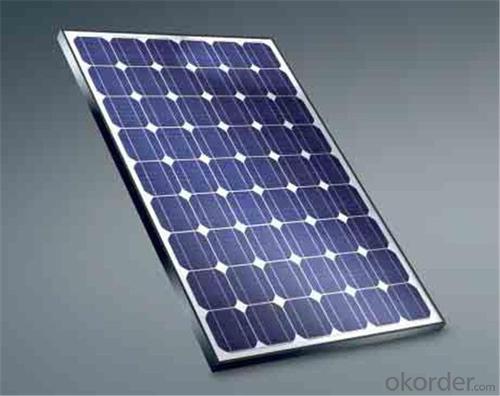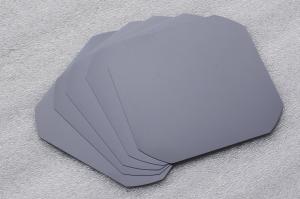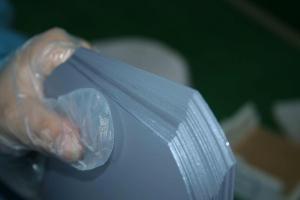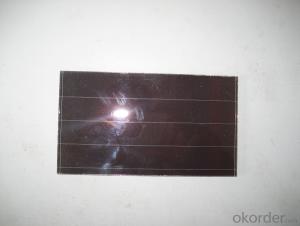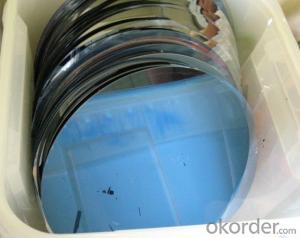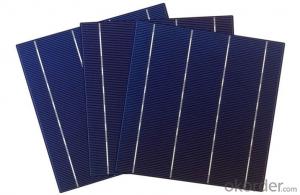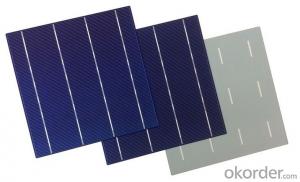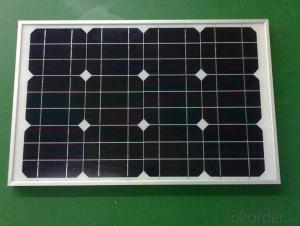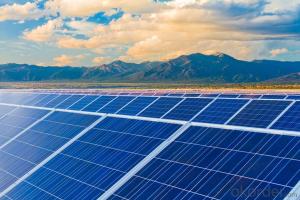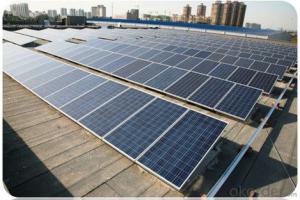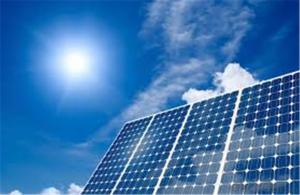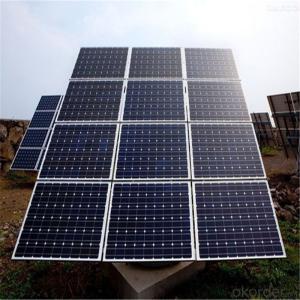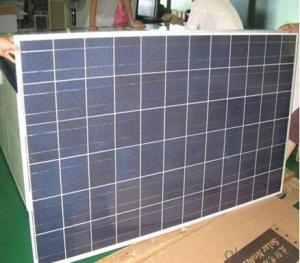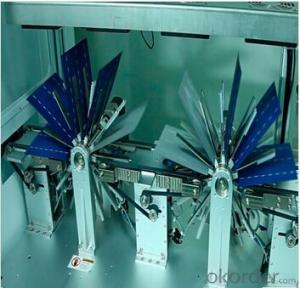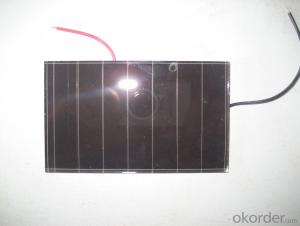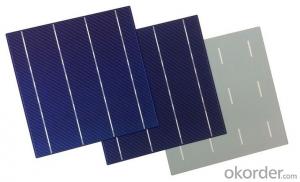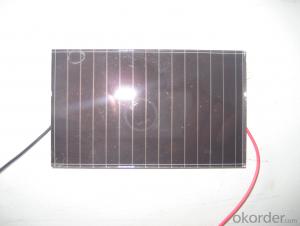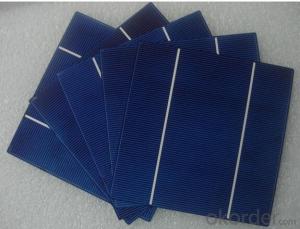265W Industrial Silicon Wafer Solar Cells for Home Use Solar Power System
- Loading Port:
- China main port
- Payment Terms:
- TT OR LC
- Min Order Qty:
- 10000 watt
- Supply Capability:
- 20000000 watt/month
OKorder Service Pledge
OKorder Financial Service
You Might Also Like
Destription:
Solar panel refers to a panel designed to absorb the sun's rays as a source of energy for generating electricity or heating. A PV module is a packaged, connected assembly of typically 6×10 solar cells. Solar PV panels constitute the solar array of a photovoltaic system that generates and supplies solar electricity in commercial and residential applications.
Main Characteristic
1.Manufactured according to international quality and Environment Management
System (ISO9001, ISO14001)
2. By the high transmittance, low iron tempered glass, anti-aging of the EVA(polyethylene - vinyl acetate), high-performance crystalline silicon solar cells, good Weather resistance TPT (fluoroplastics composite membrane) by pyramid , has a good Weather resistance and anti-UV, hail, water-proof capacity.
3. OEM and customerized package are accepted
4. High efficiency crystalline silicon solar cells
Quality warranty
1.10 years limited warranty on material and workmanship
2. more than 90% power output in 10 years
3. more than 80% power output in 25 years
Product show
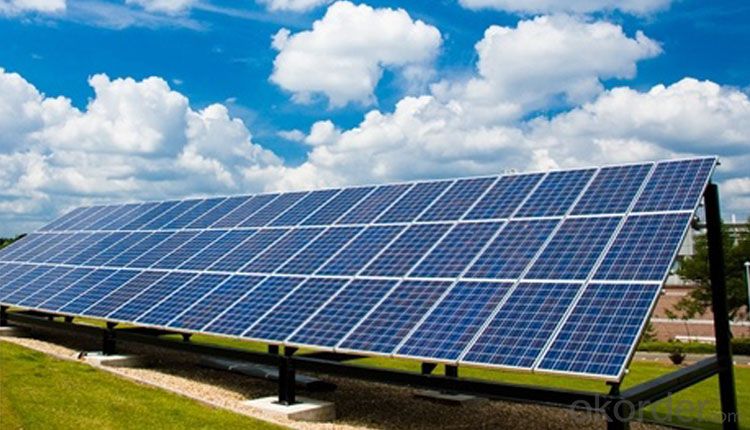

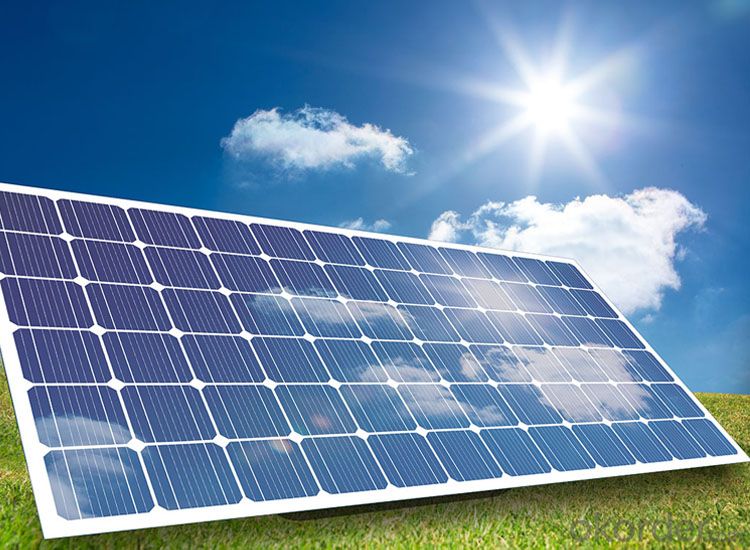
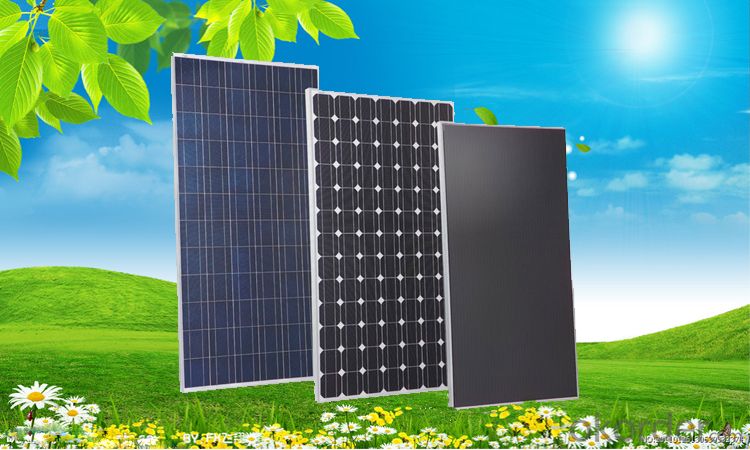

- Q: How are solar silicon wafers connected in a series or parallel configuration?
- Solar silicon wafers are typically connected in a series configuration to increase the voltage output of a solar panel. In this arrangement, the positive terminal of one wafer is connected to the negative terminal of the next, creating a continuous flow of current. However, if a higher current output is desired, the wafers can be connected in a parallel configuration. Here, the positive terminals of all the wafers are connected together, as well as the negative terminals, allowing for an increased current flow.
- Q: What are the different wafer orientations used in solar silicon wafer production?
- There are three main wafer orientations used in solar silicon wafer production: <100>, <111>, and <110>. The <100> orientation is the most commonly used, as it provides a balance between cost, efficiency, and ease of production. The <111> orientation is known for its high efficiency, but it is less commonly used due to its higher cost and more complex manufacturing process. The <110> orientation is used in specific applications where superior mechanical strength is required. Overall, the choice of wafer orientation depends on the desired balance between cost, efficiency, and specific application requirements.
- Q: What is the expected lifetime of a solar silicon wafer?
- The expected lifetime of a solar silicon wafer is typically around 25 to 30 years.
- Q: How are solar silicon wafers protected from moisture during storage?
- Solar silicon wafers are typically protected from moisture during storage by being sealed in airtight containers or packaging materials that have low moisture permeability. This prevents any moisture from coming in contact with the wafers, which could potentially degrade their performance or cause damage. Additionally, desiccant packets or moisture-absorbing materials are commonly used inside the packaging to further minimize moisture levels and maintain the integrity of the wafers.
- Q: How are solar silicon wafers packaged and shipped?
- Solar silicon wafers are typically packaged and shipped in protective containers to ensure their safe transportation. These containers may include trays or boxes with foam inserts or anti-static materials to prevent any damage or contamination during transit. The packaged wafers are then usually stacked and secured on pallets or in crates for easier handling and transportation. Additionally, specific labeling and marking are applied to indicate the fragility and sensitivity of the wafers, ensuring careful handling throughout the shipping process.
- Q: What is the expected degradation rate of solar silicon wafers over time?
- The expected degradation rate of solar silicon wafers over time depends on various factors such as manufacturing quality, environmental conditions, and maintenance practices. However, on average, solar silicon wafers typically experience a degradation rate of around 0.5-1% per year.
- Q: How is a tracker integrated into a solar silicon wafer?
- A tracker is not integrated into a solar silicon wafer. A tracker is a separate component used in solar panel systems to maximize their energy generation by adjusting the angle and direction of the panels based on the movement of the sun. The silicon wafer, on the other hand, is the main component of a solar cell that converts sunlight into electricity.
- Q: Can solar silicon wafers be used in floating solar panel installations?
- Yes, solar silicon wafers can be used in floating solar panel installations. Floating solar panels typically use photovoltaic cells, which are made of silicon wafers. These wafers are specifically designed to convert sunlight into electricity, making them suitable for floating solar panel systems.
- Q: What is the maximum temperature that a solar silicon wafer can withstand?
- The maximum temperature that a solar silicon wafer can withstand is typically around 200-300 degrees Celsius.
- Q: What is the role of anti-reflective coatings on solar silicon wafers?
- The role of anti-reflective coatings on solar silicon wafers is to reduce the amount of light reflection from the surface of the wafer, allowing more light to be absorbed and converted into electricity. This increases the overall efficiency of the solar cell and enhances its performance in generating solar power.
Send your message to us
265W Industrial Silicon Wafer Solar Cells for Home Use Solar Power System
- Loading Port:
- China main port
- Payment Terms:
- TT OR LC
- Min Order Qty:
- 10000 watt
- Supply Capability:
- 20000000 watt/month
OKorder Service Pledge
OKorder Financial Service
Similar products
Hot products
Hot Searches
Related keywords
